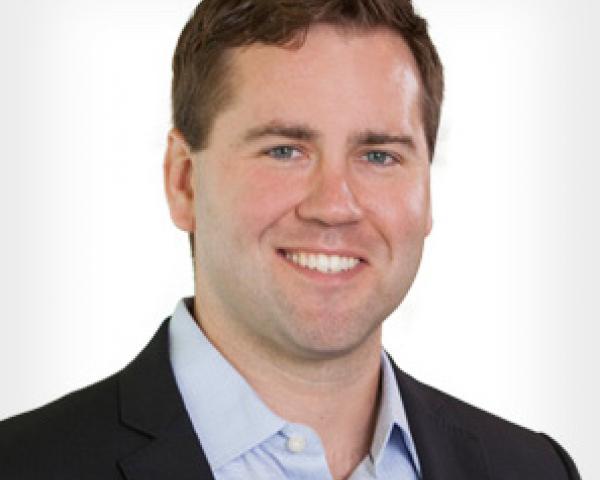On the surface, it may seem redundant to think that underwriters are averse to loss. After all, our job is to make sure the policies we write for our respective companies earn more in premium than the claims and expense dollars that are paid. Yet, the cognitive bias of loss aversion is more nuanced, and recognizing the bias at work can help us avoid making ill-advised underwriting decisions.
In the 1970s, researchers Daniel Kahneman and Amos Tversky began exploring how biases affected decision-making, and went on to formulate what is known as Prospect Theory. At a high level, Prospect Theory found that, when people faced a choice that resulted in either a loss or a gain of the same amount, the displeasure resulting from the loss was far greater than the benefit derived from the gain. Simply stated, losses loomed larger than gains.
Picture the following coin-flip scenario:
- If the outcome is tails, you’d lose $100
- If the outcome is heads, you’d win $150
Would you take the bet? For most people, the fear of losing $100 outweighs the chance of winning $150, even though the expected value of the gamble is positive. To me, this example of the loss aversion bias feels like one of the more salient references to underwriting. Underwriting, in essence, is like a coin flip in the context that a bound policy either will or won’t have a loss. Quite often, we are faced with making judgment calls on challenging risks that do not come with a clean history. We are armed with supporting qualitative or quantitative information about the risk (i.e., affirming the “positive expected value” of the gamble), but it’s still possible that prior losses exert enough influence in the decision-making process that you must decline the submission.
See also: How Underwriting Is Being Transformed
Additional caveats of Prospect Theory hold that decisions involving loss and gain are framed around a
reference point, which is quite often neutral (or zero). Moreover, subjects in Kahneman's and Tversky’s studies experienced diminishing sensitivity to both gains and losses. Essentially, an increase in income from $100 to $200 has more of an emotional impact than an increase from $1,000 to $1,100.
Consider the following choices:
-
- A sure gain of $3,000, or an 80% chance to win $4,000
And separately,
- A sure loss of $3,000, or an 80% chance to lose $4,000
For the gambled portion of both choices, the expected value would be positive $3,200 in the first choice and negative $3,200 in the second. With this in mind, the wager in “a” and the guaranteed outcome in “b” would appear to be the logical pick. However, Kaheman's and Tversky’s research found the opposite: For choice “a,” the majority of subjects went with the sure gain, while for choice “b” most people chose the riskier option. Importantly, different behavior was observed on both sides of the reference point of zero. With this in mind, as well as knowing that losses are felt more than the same gains, their subjects’ behavior was described as
risk-averse for gains, and
risk-seeking for losses.
What comes to mind is the racetrack bettor who is having a bad day and decides to wager big on the long shot during the last race in an effort to recoup his earnings. He has a shot to break even and feels that it is wise to take it, despite the slim chance the horse has to win.
Does this happen in underwriting? Think of your production budget in the framework of situation “b” above. For added emphasis, imagine that the account you have on your desk will be the last one you’re working on before the quarter closes. Binding it would put you at plan, but not writing it would leave you short by 10%. What’s more, according to your metrics, this account is barely profitable, and you realize the price your broker is telling you to meet is deficient. Do you push to write it? Do you go all in on the long shot?
In this hypothetical example, the “loss” isn’t in the context of whether the specific account would earn an underwriting profit. The reference point here pertains to the potential budget shortfall. The underwriter has to decide whether to display sound judgment and pass on the risk, only to fall short of plan (a sure loss), or attempt to write a below-average account that might enable him or her to meet plan (a chance at no loss). Kahneman's and Tversky’s findings might suggest that making the proper underwriting call in this case would be difficult, because we’re
risk-seeking for losses.
See also: Risk Management: Off the Rails?
Now flip this scenario on its head. What if you have already exceeded plan? Couldn’t this be construed as a sure gain? Recall that, due to diminishing sensitivity, additional gains lose their luster. So, are you motivated to pursue additional opportunities (a chance at a greater gain) knowing that you’ve already “won” for sure? Or does complacency set in, resulting in foregone revenue? Remember, we tend to be
risk-averse for positive outcomes.
Therefore, we need to be aware of the potential impact of our cognitive biases, such as loss aversion, and how they shape our behavior. This could not be more relevant for underwriters, given that we regularly need to decide – often quickly or under duress – on which risks to wager our companies’ bottom line. At the end of the day, getting a better grasp on the way we frame our underwriting decisions will keep us away from that long shot and closer to the safe bet.
Originally published by the copyright holder, General Reinsurance, and reprinted with its permission.
